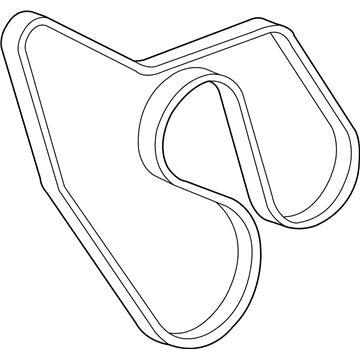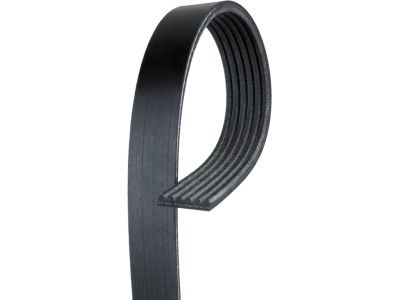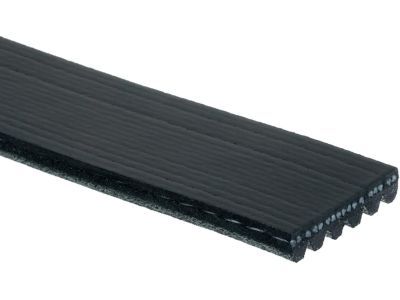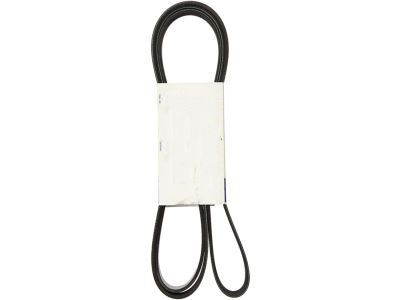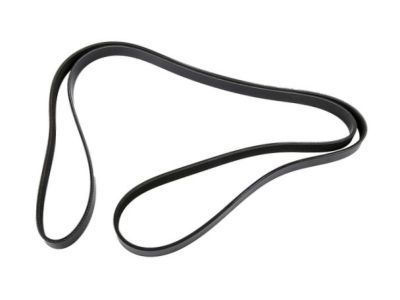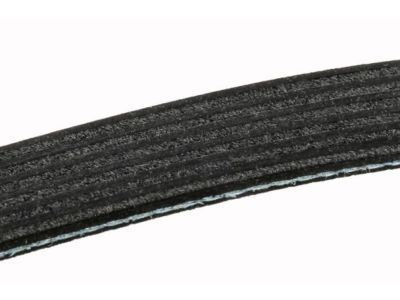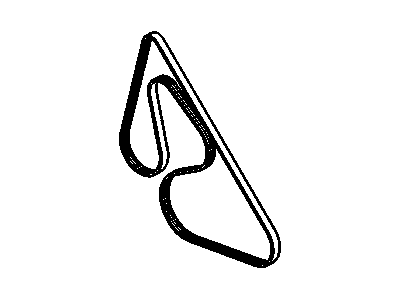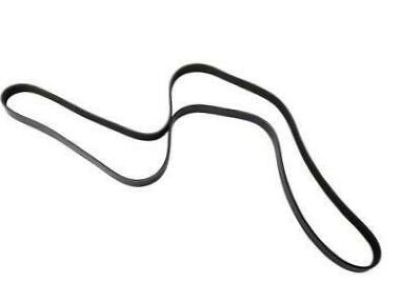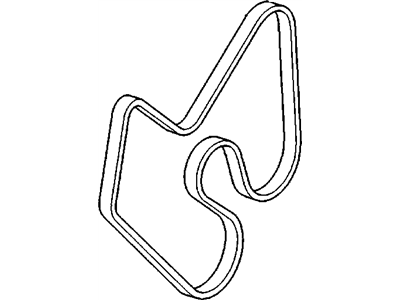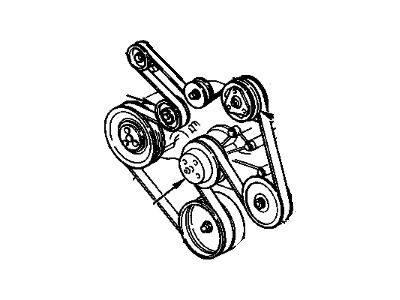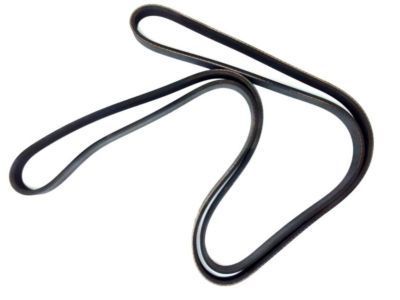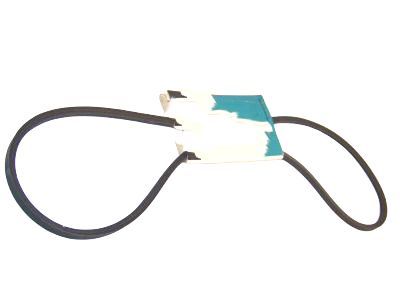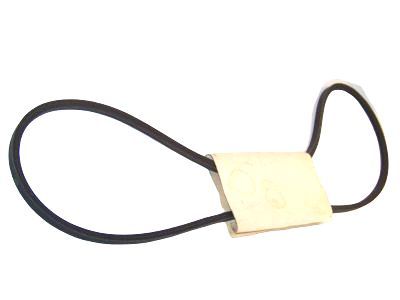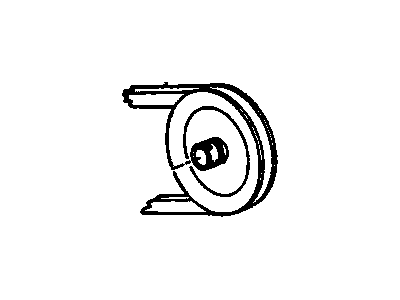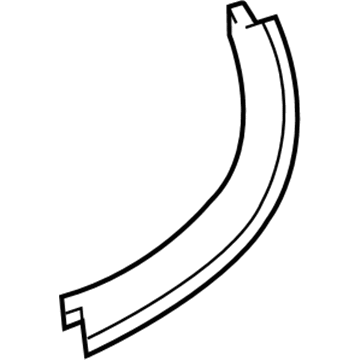
My Garage
My Account
Cart
Genuine Chevrolet S10 Drive Belt
Serpentine Belt- Select Vehicle by Model
- Select Vehicle by VIN
Select Vehicle by Model
orMake
Model
Year
Select Vehicle by VIN
For the most accurate results, select vehicle by your VIN (Vehicle Identification Number).
25 Drive Belts found
Chevrolet S10 Belt,Fan & Water Pump & A/C Compressor & Generator & P/S Pump
Part Number: 12564763$26.89 MSRP: $62.37You Save: $35.48 (57%)Chevrolet S10 Belt,Fan & Water Pump & A/C Compressor & Generator & P/S Pump
Part Number: 12576453$51.65 MSRP: $105.92You Save: $54.27 (52%)Ships in 1-2 Business DaysChevrolet S10 Belt,Fan & P/S Pump
Part Number: 19244944$31.04 MSRP: $55.68You Save: $24.64 (45%)Ships in 1-3 Business DaysChevrolet S10 Belt,Fan & Water Pump & A/C Compressor & Generator & P/S Pump
Part Number: 88984194$41.18 MSRP: $59.79You Save: $18.61 (32%)Ships in 1-2 Business DaysChevrolet S10 Belt, Fan & Water Pump & Generator
Part Number: 10230729$39.50 MSRP: $61.91You Save: $22.41 (37%)Ships in 1-2 Business DaysChevrolet S10 Belt, V 15/32
Part Number: 9433746$11.85 MSRP: $19.34You Save: $7.49 (39%)Ships in 1-2 Business DaysChevrolet S10 Belt, Fan & Water Pump & A/C Compressor & Generator & P/S P
Part Number: 10189266$7.26 MSRP: $10.76You Save: $3.50 (33%)Ships in 1-2 Business Days
| Page 1 of 2 |Next >
1-20 of 25 Results
Chevrolet S10 Drive Belt
The Drive Belt in Chevrolet S10 cars is an utterly important belt that allows the engine to turn other parts including the alternator and the A/C compressor. Generally, a serpentine belt is employed to link these parts to the crankshaft pulley. Note: While reading through the paragraphs, remember the two possible formats for the last sentence. It is normal for most Drive Belts in S10 vehicles to last up to 100,000 miles, however, any signs of the belt fracturing or fraying should be addressed without delay, to avoid damaging the parts as well as the engine. Different kinds of Drive Belts which consist of V-belts, timing belts and others are designed with superior features like superior tractions, durability and non-slip designing which meets unique requirements of automotive usage. All in all, it is evident that Drive Belts are essential in transmission of power in Chevrolet S10 engines thus improving efficiency and service durability.
Each OEM Chevrolet S10 Drive Belt we offer is competitively priced and comes with the assurance of the manufacturer's warranty for the part. Furthermore, we guarantee the speedy delivery of your orders right to your doorstep. Our hassle-free return policy is also in place for your peace of mind.
Chevrolet S10 Drive Belt Parts Questions & Experts Answers
- Q: What is the importance of the serpentine drive belt in the engine and how should it be inspected and replaced on Chevrolet S10?A:At the front of the engine is a single serpentine drive belt, whose function and material composition make it a vital component in the overall functioning of the engine as well as its various units. The belt should be checked from time to time, given its usage and materialistic nature. An alternator, a power steering pump, a water pump and an air conditioning compressor are all driven by the serpentine belt. Open the hood and feel along the belt with your hands (you can use a flashlight if need be) when the engine is off to find cracks or for any signs of separation of the belt plies. Be sure to check for fraying, which makes it look glossy. You will therefore have to twist it in order to inspect both sides of it. Ribs under the belt are also supposed to be studied. No one deepness should be higher than another on all surfaces. There's nothing you can do about tensioning since it's done by tensioner assembly and there's no way it is adjustable. It is necessary to change on time those belts which were marked in indicated car service manual or if they are spoiled or worn out already. To put on new belt rotate tensioner anticlockwise into slackening position till old one could be removed out from auxiliary units, then slowly release tensioner piston backward down where from you have taken out your used accessory part once more but in forward direction this time towards other engine components that have been mentioned before with their name provided over each pulley particularly at that exact moment when another serpentine item got inserted just like we've told you previously yet without forgetting about letting go of this special mechanism again immediately after doing such things correctly twice as many times! This decal shows how to install drive belts for different models on radiator shroud. In case you don't know where that's located, try looking at radiator shroud underdrive belt routing diagram.
Related Chevrolet S10 Parts
Browse by Year
2004 Drive Belt 2003 Drive Belt 2002 Drive Belt 2001 Drive Belt 2000 Drive Belt 1999 Drive Belt 1998 Drive Belt 1997 Drive Belt 1996 Drive Belt 1995 Drive Belt 1994 Drive Belt 1993 Drive Belt 1992 Drive Belt 1991 Drive Belt 1990 Drive Belt 1989 Drive Belt 1988 Drive Belt 1987 Drive Belt 1986 Drive Belt 1985 Drive Belt 1984 Drive Belt 1983 Drive Belt 1982 Drive Belt

